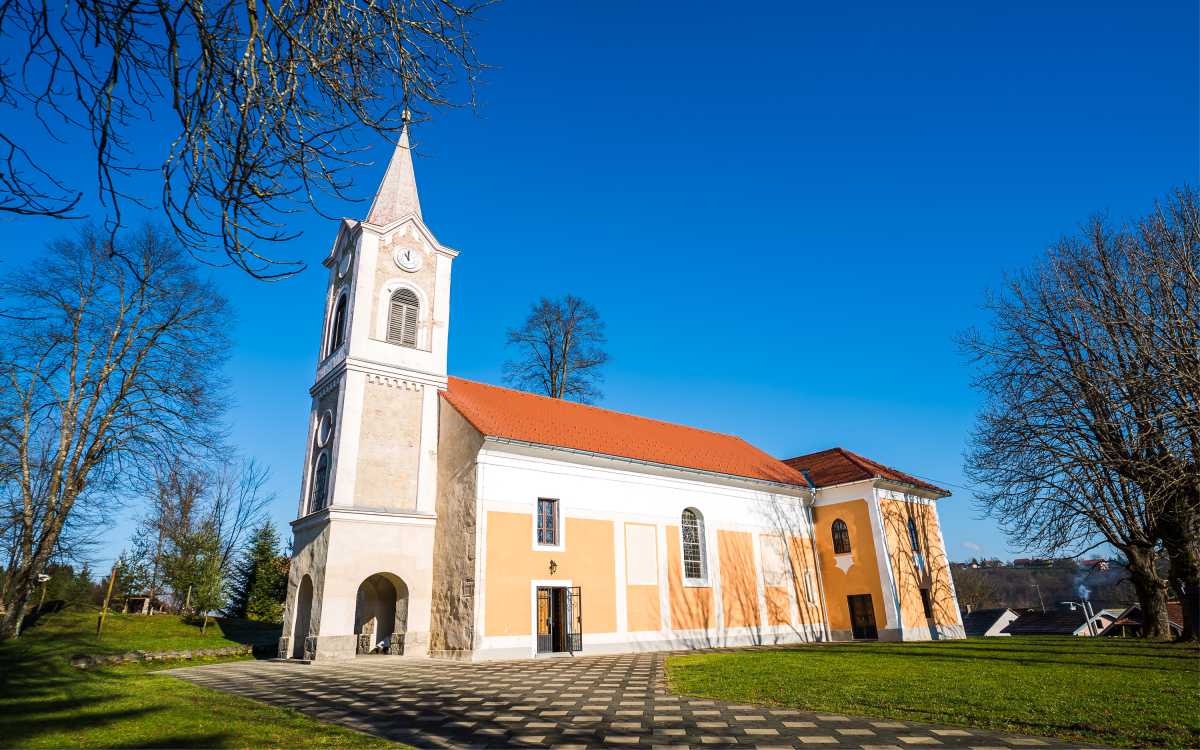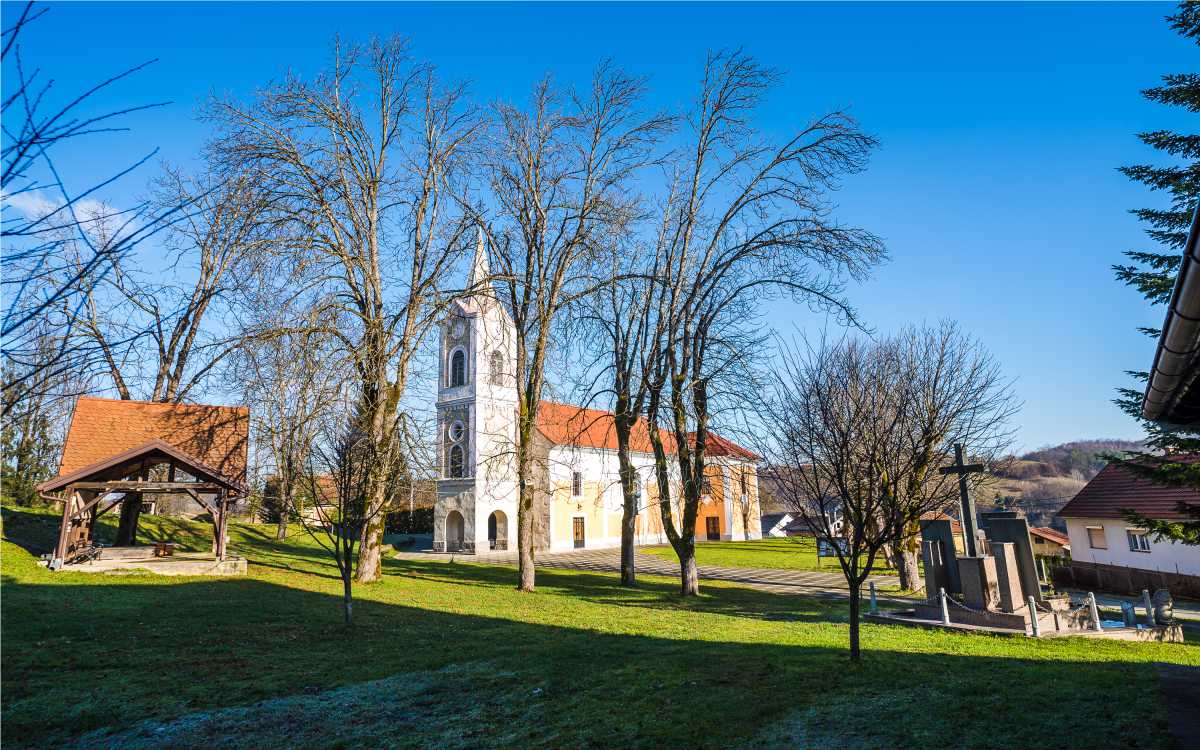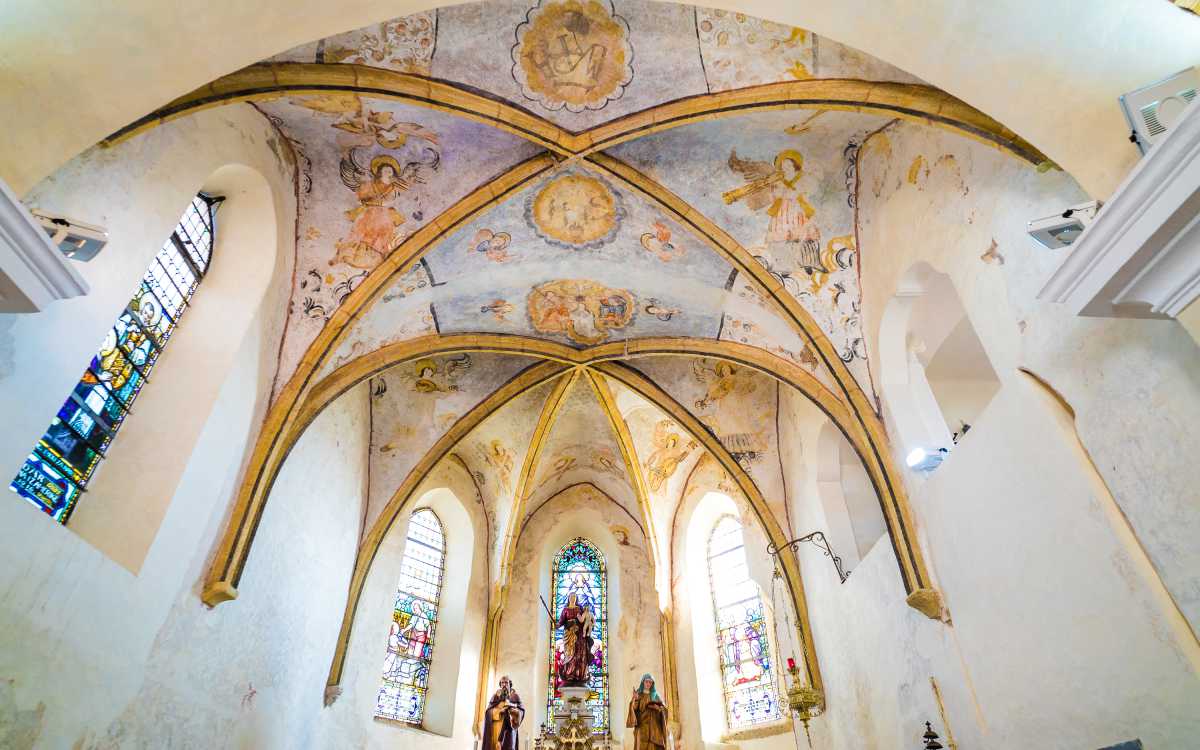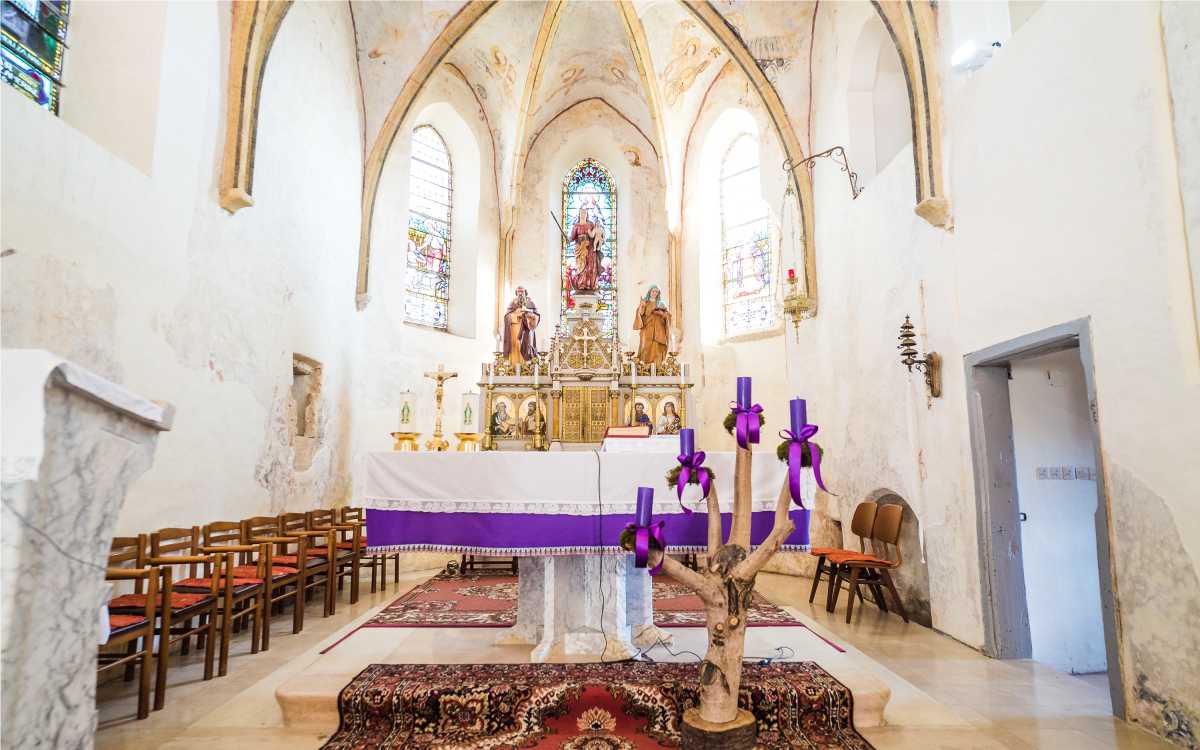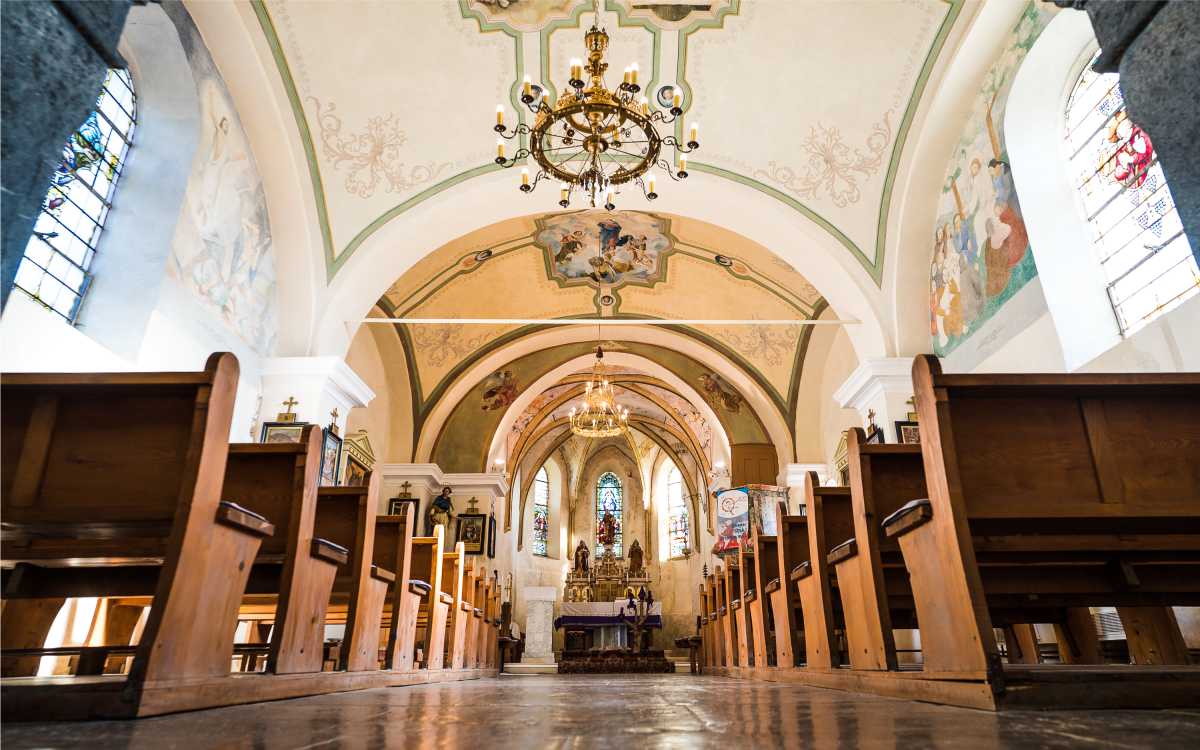Project Description
Parish church in Novigrad
The parish was mentioned for the first time in 1018 under the name Dobra. The picturesque parish church carries the title of the Assumption of the Blessed Virgin Mary and is one of the oldest buildings in the Karlovac area and one of its symbols. It is mentioned in the list of parish churches in the Kaptol Statute of 1334, and it was dedicated on July 20, 1823 by Maksimilijan Vrhovac. The church is under the protection of the Ministry of Culture of the Republic of Croatia as a cultural monument of the zero category.
The church’s sanctuary was built in the 15th century in Gothic style with a cross-ribbed vault, and later it was built a barge which was baroqued in 1781. Count Ladislav Pejacevic gave to install stone slabs to the floor of the church. In August 1182, the foundation stone for today’s tower, which is about 25m high, was laid, and in November of that same year it was ringing on the new tower.
The windows behind the main altar and the altars asides of the nave are decorated with stained glass, which were gifted by parishioners from America (1914 and 1916) and Amalia pl. Sladovic (1914). The main altar of the St. Mary from 1914 with the tabernacle is decorated with the characters of the four evangelists and with Statue of the Virgin with a child from 16th century and with Ststues of the Holy Ana and Holy Joakim from the 18th century. There are two more altars aside the nave: the altar with the altarpiece of the Elijah the Prophet, the work of A. Haffner from 1909 and the altar with the altarpiece of Anthony the Great, a work of Krombach from 1911. On the altar of Anthony the Great are the statues of the saints Lucius and Apollonia, while on the altar of the Prophet Elijah there are statues of St. Florian and Valentine. Near the altar of Anthony the Great is a Baroque wooden pulpit from the year 1792. Near the altar of Elijah the Prophet there is a wooden sculpture of the Sinless Virgin Mary, patron of the parish, with an inscription inviting her protection over the Croatian people, which was a gift from the parishioners from America, from 1916.
Golghota is painted in 14 images of The Stations of the Cross, oil on canvas from the end of the 19th century.
The organs were built by the famous master from Maribor named Jozef Brandl at the beginning of the 20th century.
There was a cemetery in front of the church, so it is still called ” „caemeterium”, according to the Latin word for the cemetery.


